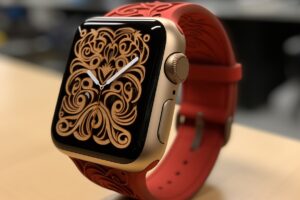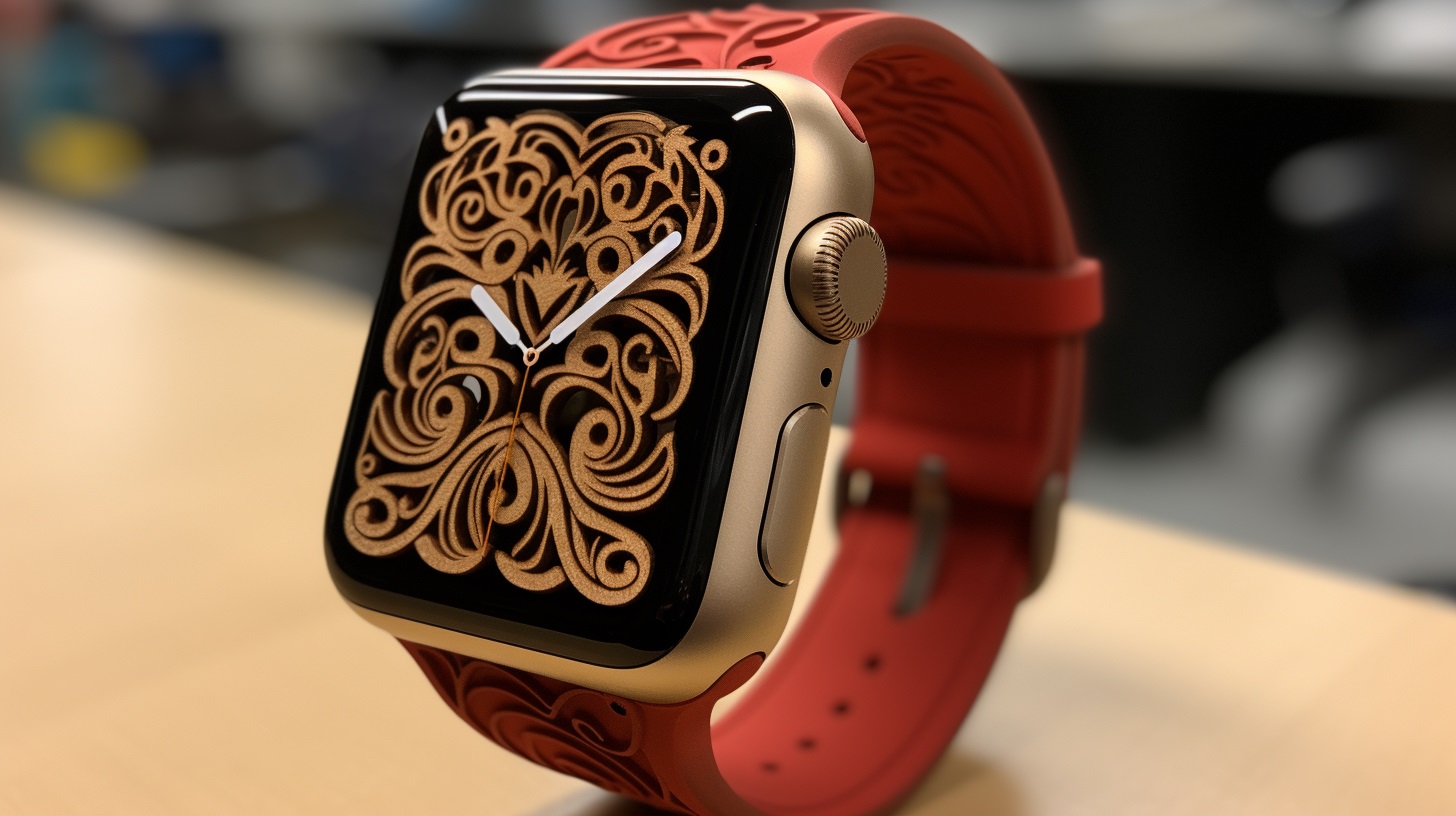In an exciting and groundbreaking move, Apple is now experimenting with the integration of 3D printers in the manufacturing process of their devices. This innovative approach has caught the attention of tech enthusiasts and industry experts alike, as Apple seeks to revolutionize the way it creates its iconic products. Let’s delve into the details of this exciting development.
The Buzz About Apple’s 3D Printing Venture
Recent reports from various sources have shed light on Apple’s endeavor to incorporate 3D printing technology into its production line. Bloomberg’s Mark Gurman, in a Yahoo Finance article, revealed that Apple is utilizing 3D printers to craft the chassis for their upcoming Apple Watch Series 9 models. This marks a significant shift in their manufacturing techniques.
Boosting Efficiency and Precision
One of the primary advantages of integrating 3D printing into device manufacturing is the level of precision it offers. Traditional manufacturing processes often involve multiple steps and the assembly of various components. In contrast, 3D printing allows Apple to create intricate designs with unparalleled accuracy, streamlining their production and minimizing errors.
The Impact on Apple’s Supply Chain
Apple’s decision to explore 3D printing could have far-reaching implications for its supply chain. By reducing the complexity of device assembly, Apple may be able to accelerate production cycles and respond more swiftly to market demands. This agility could prove to be a game-changer in the competitive tech industry.
A Positive Ripple Effect in the 3D Printing Industry
Stocks of 3D printer manufacturers are already on the rise in response to this news, as reported by Barron’s. Companies specializing in 3D print technology, such as Desktop Metal and 3D Systems, are poised to benefit from Apple’s exploration of this cutting-edge manufacturing method. This could stimulate further growth and innovation in the 3D print industry as a whole.
The Future of Apple’s Device Production
While the use of 3D printers is currently limited to crafting steel chassis for Apple Watches, it’s not difficult to envision a future where this technology is applied to other device components. Apple’s commitment to innovation suggests that they will continue to explore ways to leverage 3D printing for enhancing the quality and efficiency of their products.
In conclusion, Apple’s foray into 3D printing for device manufacturing represents a bold step towards the future. This innovative approach promises greater precision, efficiency, and potential benefits for both Apple and the 3D printing industry. As Apple continues to push the boundaries of technology, we can expect even more exciting developments on the horizon.

















